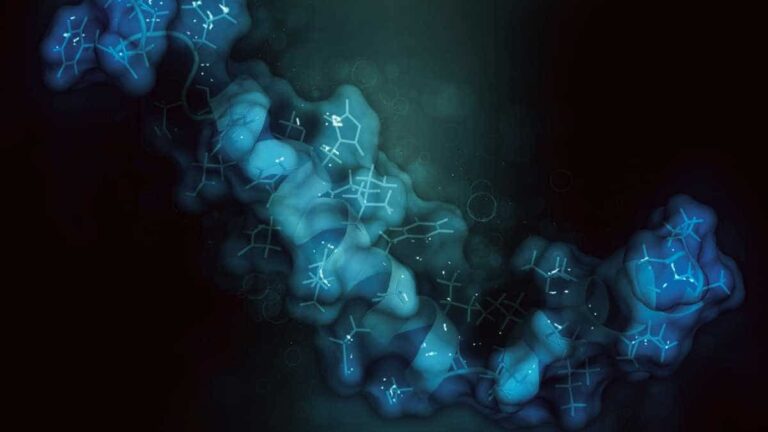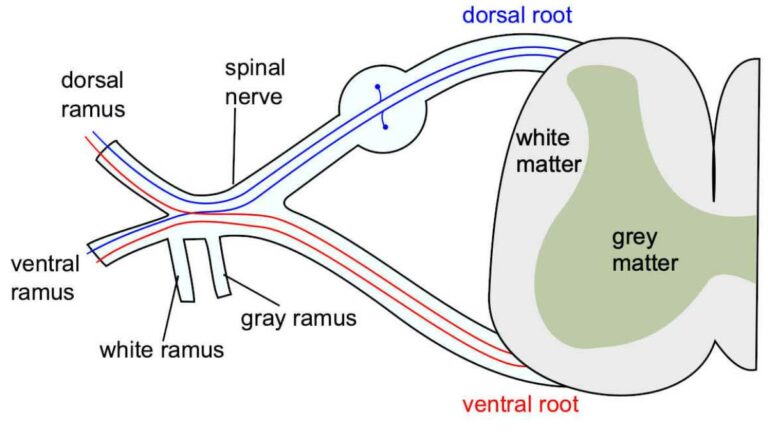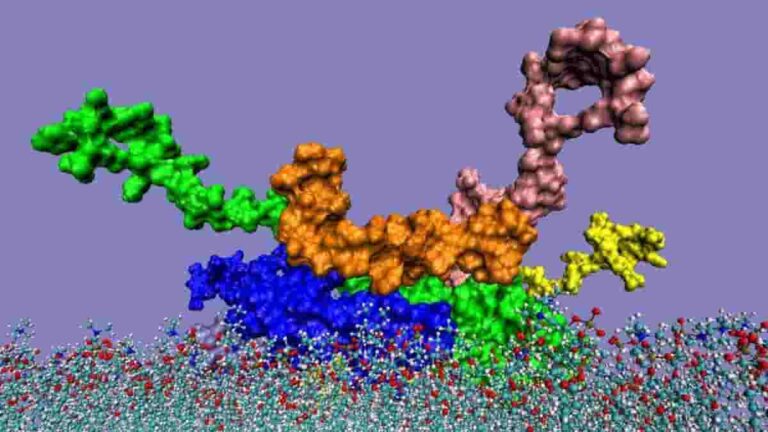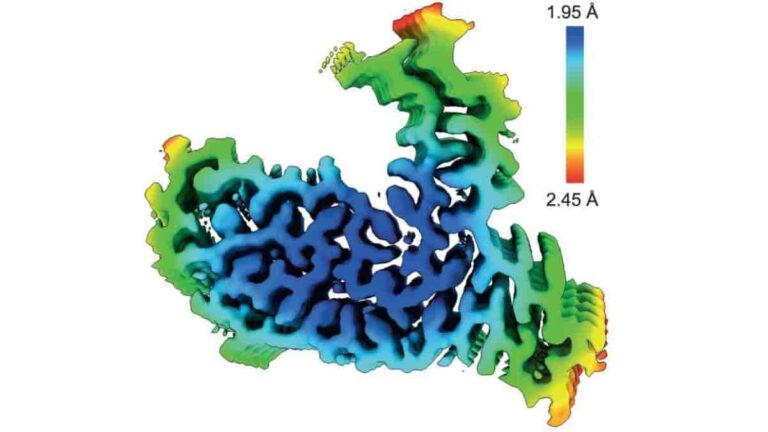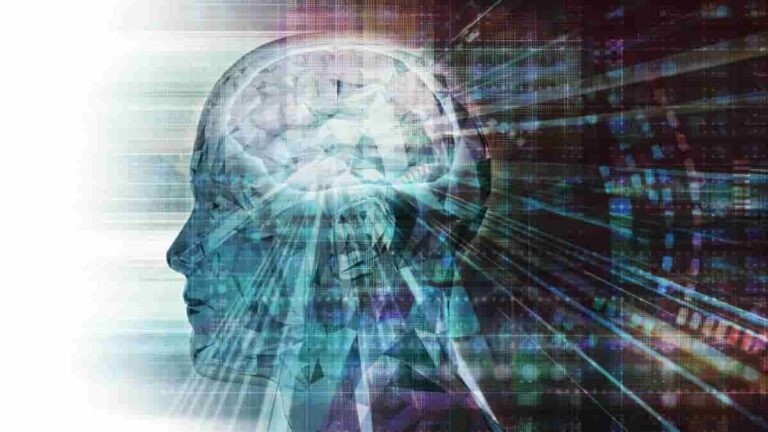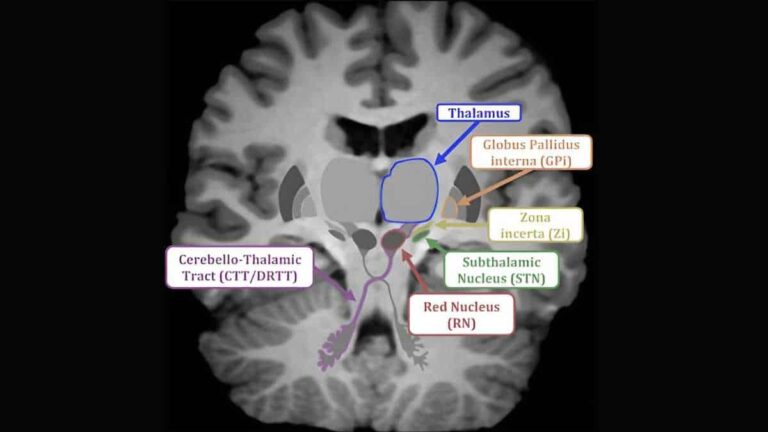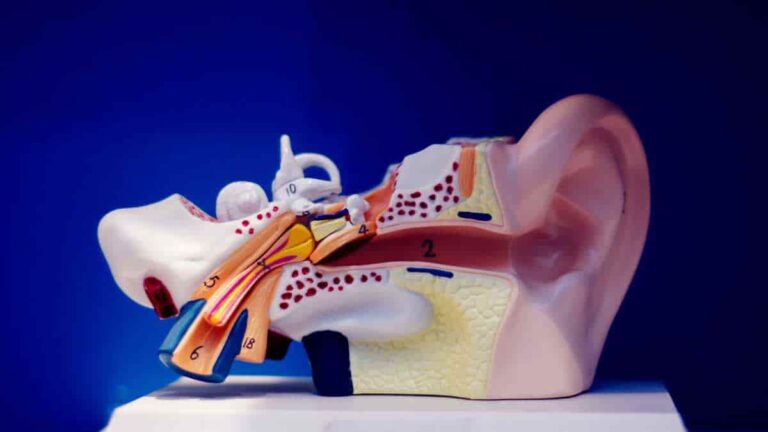In a mouse model of Alzheimer’s disease, researchers at the University of Pennsylvania’s Perelman School of Medicine found that a “chaperone” molecule that inhibits the production of specific proteins reversed disease signs, including memory impairment. The researchers investigated the effects of 4-phenylbutyrate (PBA), a fatty acid molecule known to act as a “chemical chaperone” that…
Category: Neurology
Spinal Cord Stimulation Can Allay Phantom Leg Pain
A proof-of-concept study has found that spinal cord stimulation can elicit sensation in the missing foot and alleviate phantom limb pain in people with lower limb amputations. Pressure sensors on a prosthetic foot’s insole triggered electrical pulses, which were subsequently sent to a participant’s spinal cord. This sensory feedback improved balance and gait stability, according…
What is the Somatic Nervous System – Essential Functions Explained
The somatic nervous system is a part of the peripheral nervous system, which works in coordination with the central nervous system to control various bodily functions. Together, these systems form the complex neural network responsible for transmitting information and executing essential tasks in the body. The peripheral nervous system comprises two major divisions: the somatic nervous…
Misfolded Alpha Synuclein Travels from Enteroendocrine Cells to Brain
While prior research has suggested that Parkinson’s disease begins in the gut and travels to the brain, the exact mechanism has remained a mystery. A new pre-clinical study led by Duke University researchers adds to the body of evidence supporting the gut-brain relationship. The researchers describe a process in which a protein found in the…
Serotonin Loss May Play Role in Early Alzheimer’s Stages Cognitive Impairment
Researchers from Johns Hopkins Medicine have found that relatively lower levels of serotonin in certain brain regions of adults with mild cognitive impairment (MCI) may contribute to memory issues, including Alzheimer’s disease. The results come from comparing PET scans of over ninety adults with and without MCI. These results add credence to mounting evidence that…
TAF15 Aggregates Linked to Frontotemporal Dementia
The majority of neurodegenerative diseases, such as dementias, are caused by proteins that aggregate into filaments known as amyloids. Researchers may now target these proteins for diagnostic testing and treatment because they have discovered the proteins that aggregate in the majority of these disorders. However, scientists had yet to discover the rogue protein in approximately…
Deep Brain Stimulation Revives Cognitive Abilities After Traumatic Brain Injury
Gina Arata was in her final semester of college, preparing to apply to law school, when she was involved in an automobile accident in 2001. Her ability to focus was so impaired by the injuries that she struggled at her work sorting mail. “I couldn’t remember anything. My left foot dropped, so I’d trip over…
Caudal Zona Incerta Brain Stimulation Lowers Involuntary Tremors
Deep brain stimulation in a relatively novel target area has been demonstrated to alleviate involuntary tremors in Parkinson’s disease and Essential Tremor for at least five and ten years respectively, following therapy beginning. Furthermore, by using this target area, the operation might be performed under general anesthesia. This is demonstrated in Rasmus Stenmark Persson’s thesis…
Auditory Nerve Fiber Loss Found in People with Tinnitus
According to a recent study from Massachusetts Eye and Ear, auditory nerve loss that is undetectable by standard hearing tests affects more than one in ten adults worldwide who report having tinnitus, which manifests as ringing in the ears. The authors of this study are researchers affiliated with the Eaton-Peabody Laboratories (EPL), who are investigating…
